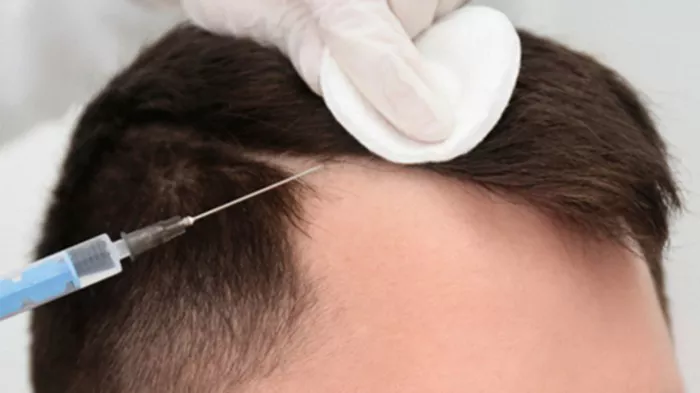Hair transplants have become an increasingly popular procedure for individuals looking to restore lost hair. However, one of the common questions patients have is, “How long does it take for hair transplant grafts to secure?” While the recovery process is different for each individual, understanding the timeline can help manage expectations and ensure the best outcome. This article explores the various hair transplant types, recovery stages, and the general time frame for grafts to secure.
Hair Transplant Types
Before delving into the recovery timeline, it’s important to understand the different hair transplant types. These methods play a significant role in how grafts are implanted and how quickly they secure:
FUE (Follicular Unit Extraction)
FUE is one of the most common techniques for hair restoration. It involves harvesting individual hair follicles from a donor area and transplanting them into the thinning or balding regions. The advantage of FUE is that it leaves minimal scarring, and the recovery time is generally shorter compared to other methods.
FUT (Follicular Unit Transplantation)
In FUT, a strip of skin is removed from the donor area, and the hair follicles are extracted from it. While the recovery time for FUT might be longer due to the larger incision, it is often chosen for patients requiring a significant number of grafts.
Robotic Hair Transplantation
Robotic hair transplantation is a newer, cutting-edge technology that uses robotic arms to harvest and transplant hair follicles. It provides greater precision, resulting in better outcomes and faster recovery times.
Hair Transplant Recovery Time
After a hair transplant, patients generally experience a recovery process that varies based on the method used, the extent of the procedure, and individual healing factors. The hair transplant recovery time can be broken down into a few key stages:
Immediate Post-Op Phase
During the first few days after the procedure, it’s common to experience swelling, mild discomfort, and some scabbing at the transplant sites. It’s important to follow the post-operative care instructions provided by your surgeon to reduce the risk of complications.
First Few Weeks
Within the first week, most scabs will begin to fall off naturally. It’s crucial to avoid touching the grafts during this phase to allow proper healing. The transplanted hair may start to shed during this time, which is a normal part of the process known as “shock loss.”
One to Three Months
Over the next few months, patients will begin to see new hair growth. However, the grafts still need time to secure fully. The follicles will start to anchor in the scalp, and new hair will begin to grow in their place.
Six to Twelve Months
It typically takes about six months for most of the hair to grow in. During this period, the grafts will continue to strengthen and become more secure, with the final results starting to show. By the end of the first year, patients should see significant improvement in hair density and quality.
When Are the Grafts Secure?
The hair transplant grafts usually become secure within 10 to 14 days after the procedure. However, the grafts will continue to settle and strengthen over the course of several months. By the time you reach the 6- to 12-month mark, the grafts will be fully integrated into the scalp, and new hair growth will be noticeable.
Factors Affecting the Healing Process
While the timeline provided offers a general overview, the rate at which grafts secure can be influenced by several factors:
Individual Healing Rates
Everyone heals at different rates, so your personal recovery time may vary. Younger individuals and those in good health often experience faster healing times.
Post-Surgery Care
Adhering to the post-surgery instructions provided by your surgeon is crucial for ensuring that the grafts remain secure. Avoiding physical strain, minimizing sun exposure, and refraining from touching the scalp are important steps in the healing process.
Surgeon’s Experience
The skill and experience of the surgeon performing the transplant also play a significant role in how well the grafts secure. Experienced surgeons are more likely to achieve a higher success rate with the grafts.
Conclusion
In conclusion, understanding the healing timeline for hair transplant grafts is important for managing expectations and ensuring the best results. Typically, grafts become secure within the first two weeks, but the full results take several months to appear. Whether you undergo FUE, FUT, or robotic transplantation, each procedure has its own recovery nuances. By following your surgeon’s instructions and allowing your body time to heal, you can look forward to seeing the results of your investment in your appearance.
Related Topics
- 4 Methods To Hide My Head After Hair Transplant
- 4 Effects of Hair Transplantation on the Skin System
- 5 Best Hair Transplant Clinics In The World


